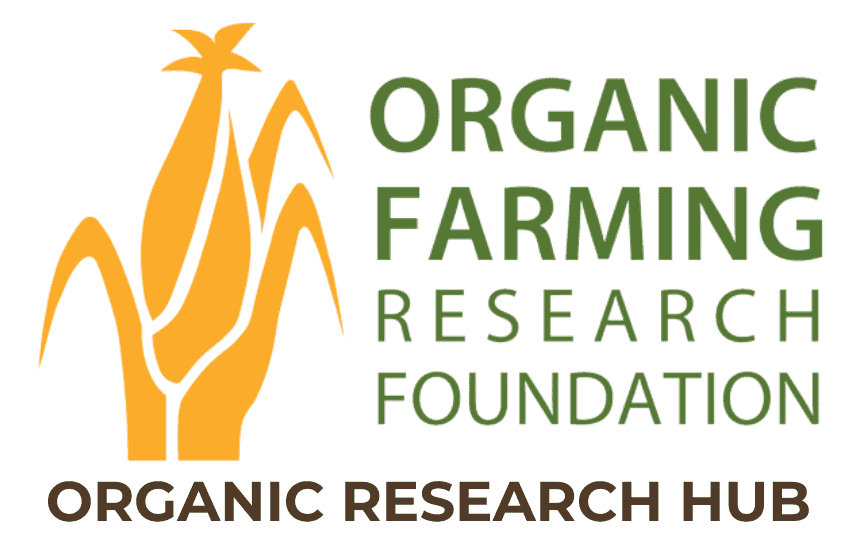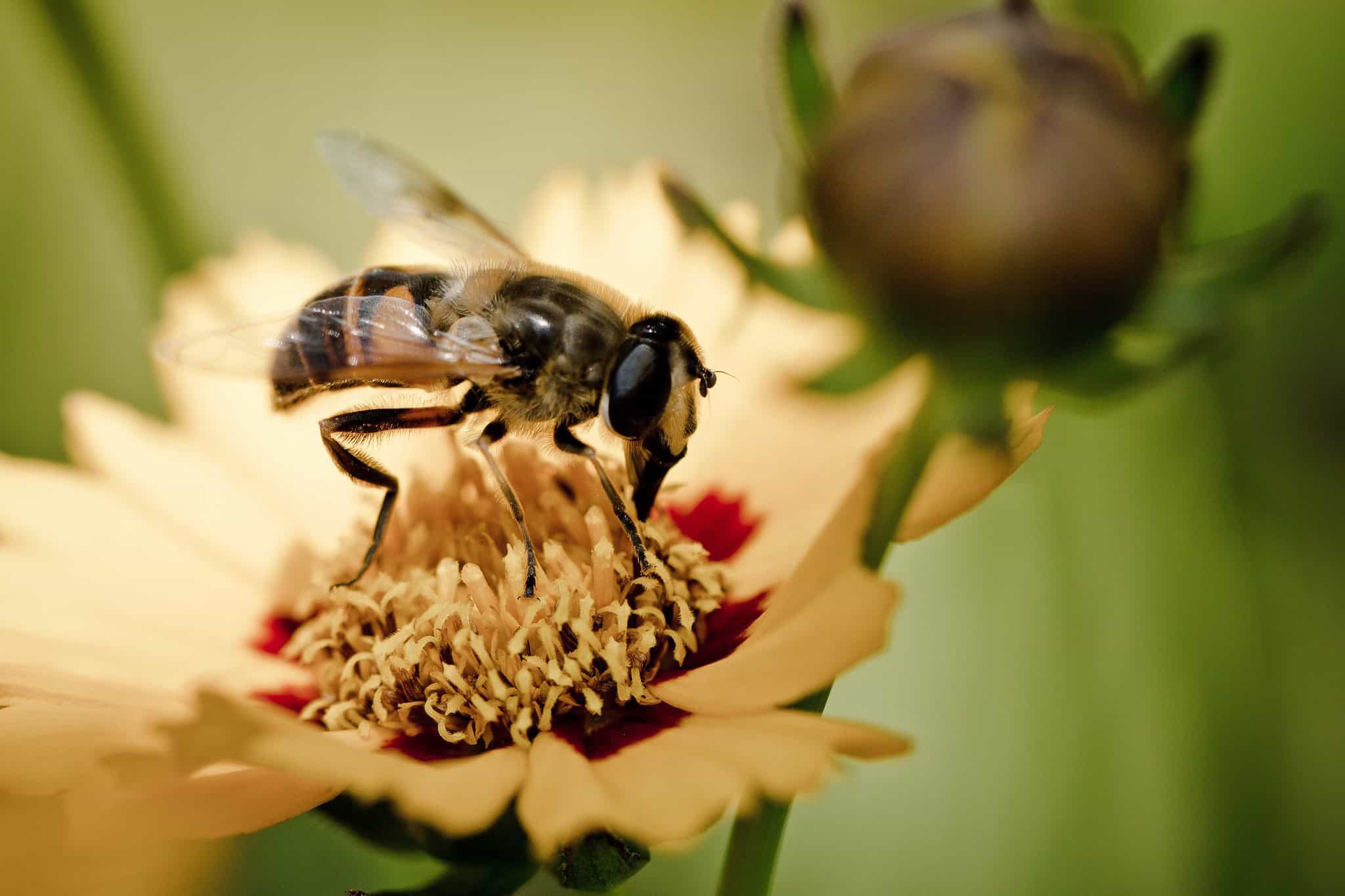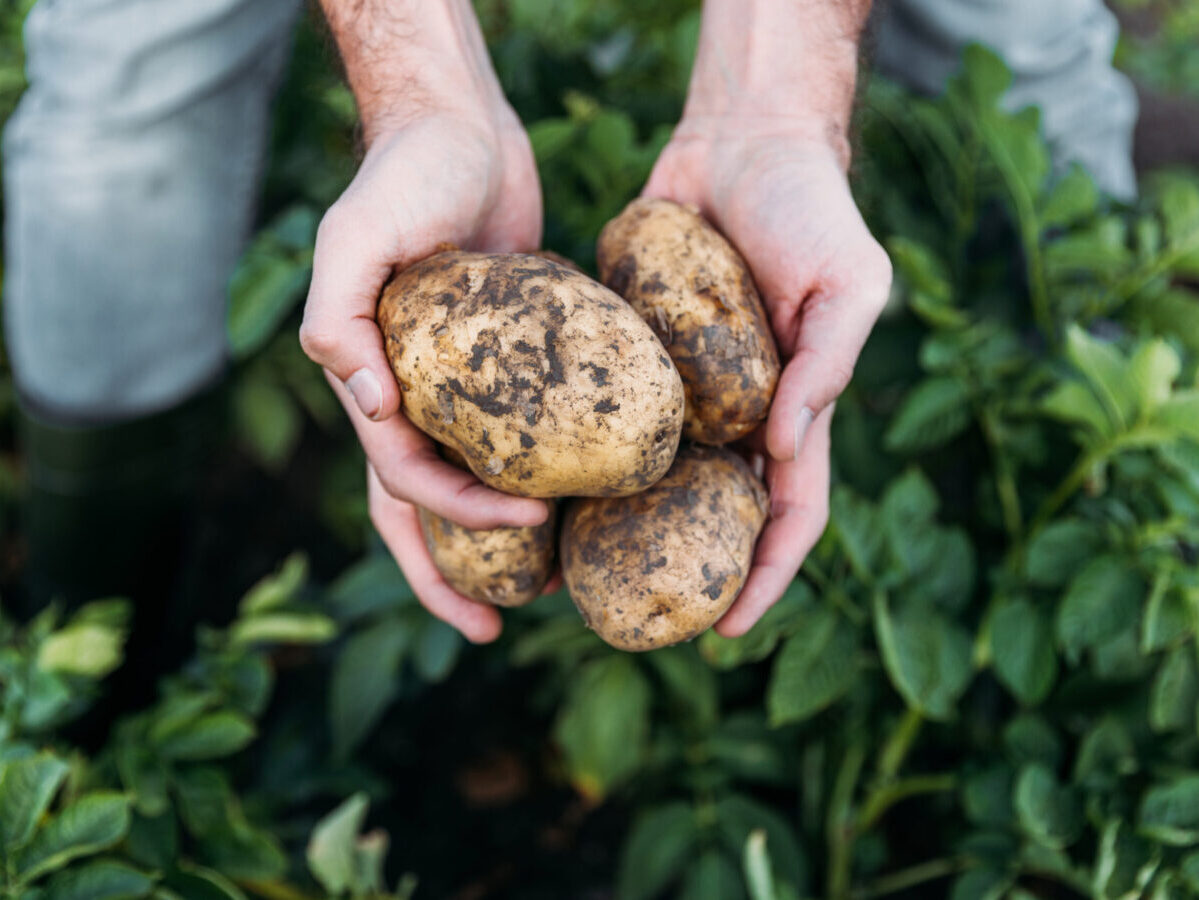Can Organic Garlic Seed Stock Be Created Disease-free from the Production of Garlic Bulbils?
Fred Forsburg, Honeyhill Farm

Can Organic Garlic Seed Stock Be Created Disease-Free From the Production of Garlic Bulbils?
Serious diseases of garlic have been imported from foreign sources and are now widespread within the US and Canada. Stem and Bulb Nematode (Ditylenchus dipsaci) in garlic seed (vegetative reproduction) will infest the soil and is impossible to eradicate using organic approved methods. It is a threat to other crops, including onions, potatoes, alfalfa, and strawberries. Infested land is substantially reduced in value, as the nematode may be transferred on equipment.
New York State, a leading supplier of organic garlic seed nationally, has taken steps to warn growers of this menace. Cornell University is taking a leading role and as part of that effort has established a soil and tissue testing laboratory specifically to address this situation.
With the seasonal growth of garlic in the spring, a flower stalk emerges from the plant, known as a scape. Rather than flowers, tiny cloves are formed; these are bulbils, an alternate type of vegetative reproduction. Hardneck varieties of garlic may be propagated via these bulbils. Bulbils, having never touched soil, are believed to break links to soil borne diseases in the next crop, but it has not been proven that this method does not also convey the diseases of the parent stock.
This project seeks to find solutions to this issue by developing an organic hardneck garlic seed stock from the production of garlic bulbils that is pest- and disease-free, and commercially viable. The results and methods of this project will be disseminated to growers at no cost through a comprehensive outreach program.
Region
Northeast
Topic
Disease Management, Plant Breeding, Varieties, and Seeds
Category
Vegetables/Fruits
Date Range
2011-2020
Funding Amount
$8,906
Funding Year
2013Location
Livonia, New York
Collaborators
Robert Hadad, Cornell Cooperative Extension



